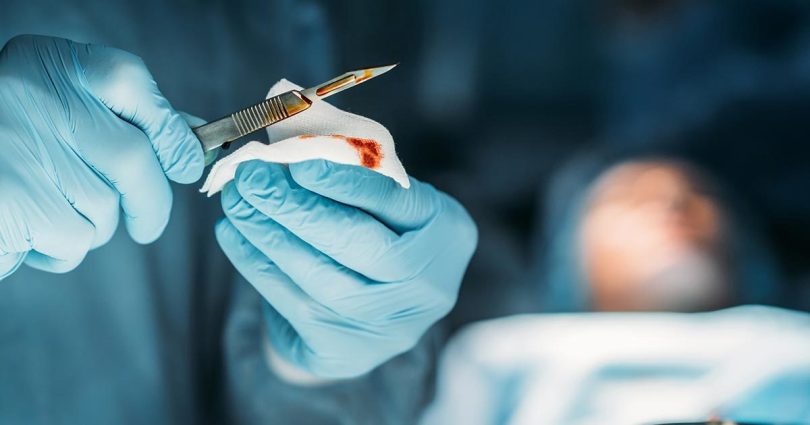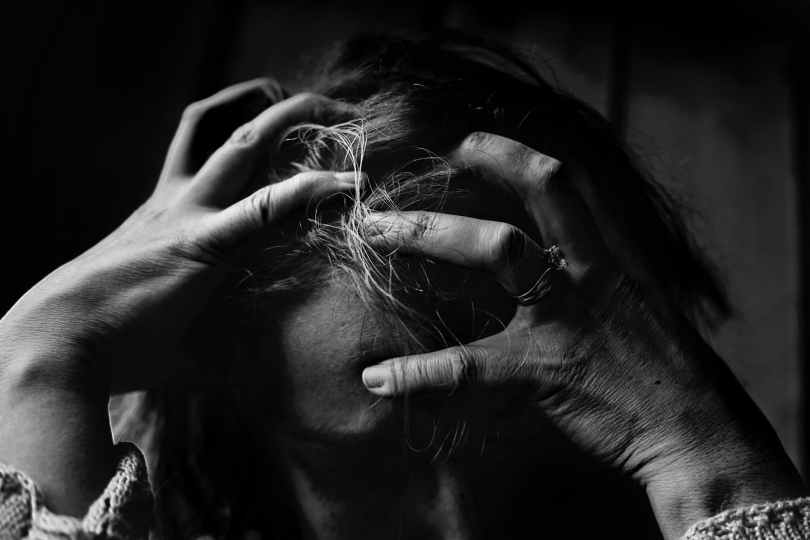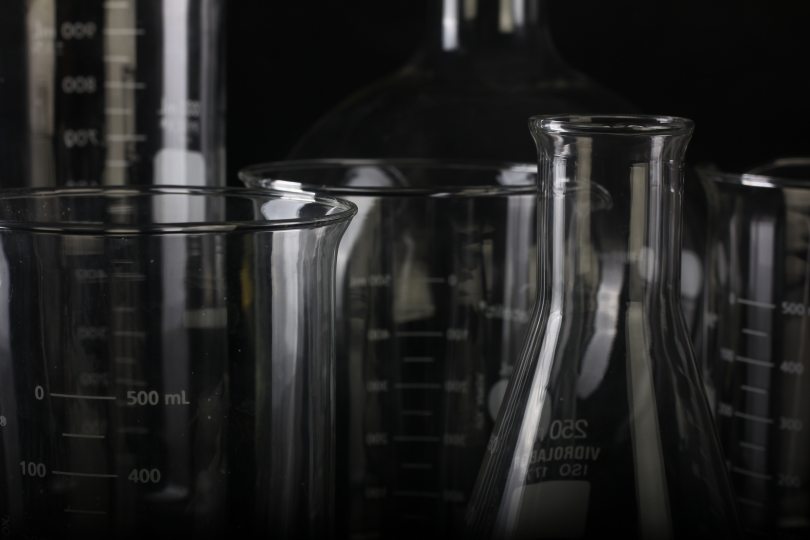So, this is going to differ a little from the usual angle of sanguinarian self-empowerment because I think it’s important to be real about our struggles and share relatable experiences.
We need to ‘feed’. We owe it to ourselves and our loved ones to be the best we can be. It doesn’t impact only us in isolation if we do not. That said, it can be draining and exhausting to keep up with. This is especially the case with heavy feeders because it requires that much more upkeep.
When someone is new to sanguinarianism, particularly if it began in adulthood, some can adopt the ‘uber predator’ mindset and find ‘the hunt’ exhilarating. This isn’t a problem at all, but it can be when those individuals condescend or look down on those who’ve been dealing with this for a very long time and have grown weary of it.
To me, this isn’t new and shiny. I’ve been dealing with it for my entire teenage and adult life. Being a sanguivore to me is an identity only insofar as it has shaped my life as I’ve grown, and with the perspective and experience it has given me. I don’t invest much thought or time into it; only my work with TRC and my passion for providing support and content for sangs. My life priorities are quite different than the sanguinarian community or an identity as a sanguivore.
When it’s for the purpose of maintaining health and you’ve had to do it for decades, collecting blood can become quite a chore. When you need to collect a lot of vials or need multiple donors, this can be even more so. Like a vitamin or medicine that you must go through hassle to get every time. Some can get by on animal blood, but those like me who are allergic to it cannot. That’s not to say blood can’t be exciting, passionate or intimate; but that does depend on circumstances and context, and is not the reason why blood is ingested for the vast majority of the time. It is for health maintenance.
I grow tired of the hunger. This thing can be exhausting. Yet I know this too shall pass. There is no point dwelling on an inevitable part of my condition. I don’t even know if I’d change it if I could because it’s shaped me in so many fundamental ways. It’s introduced me to some wonderful people.
A lot of people turn to me for advice on dealing with being a sang, and honestly it’s so much easier to deal with when you have experience and you’ve gotten used to it. However, I have days where I get fed up with it too. There’s nothing wrong with having moments when you just feel exhausted by it and we all have them now and then. This isn’t always an easy path to walk, and by sharing some of my experiences, I hope you realise you’re not alone when you have frustrations. As always, TRC is here to provide the community and support you need in both your dark moments and the good times.
– A









